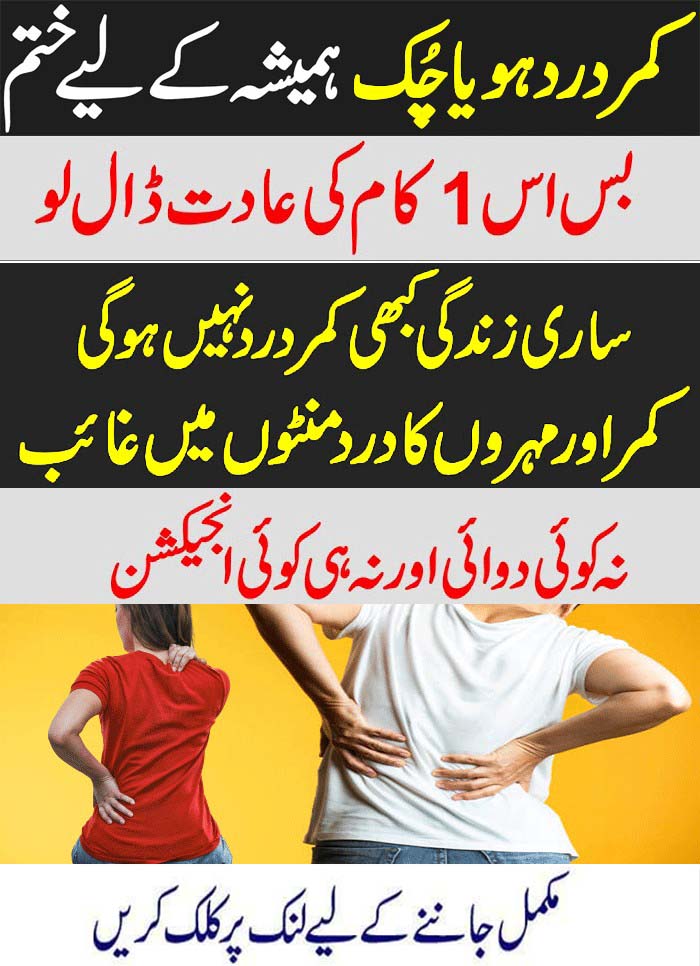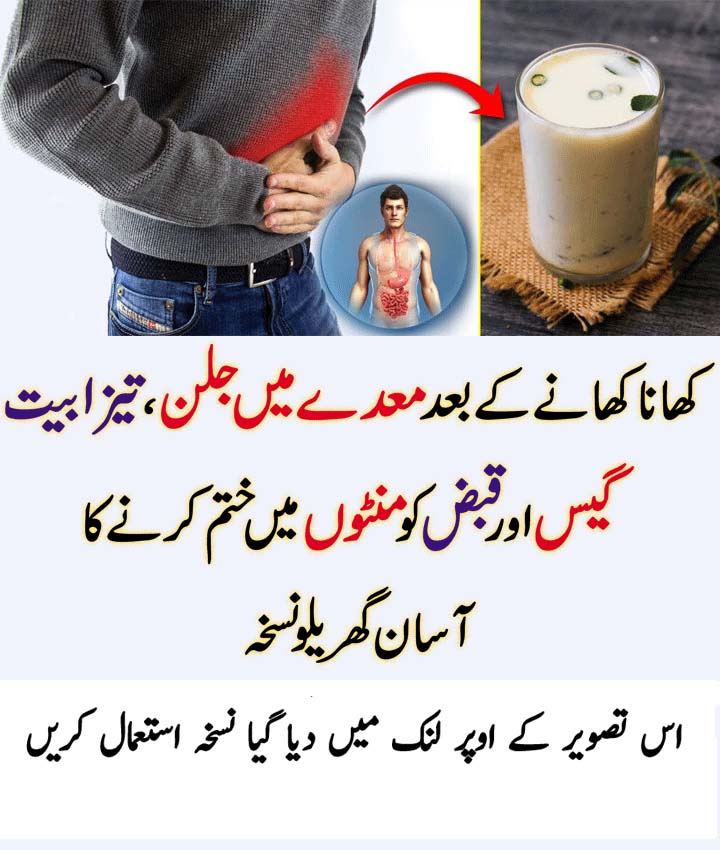London: Over the past few months, getting outside to exercise has been more difficult than usual. However, for some of us, staying active is never easy, regardless of whether there’s a lockdown in place or not. Chronic joint conditions, such as osteoarthritis, can take the fun out of exercise, causing chronic pain and discomfort during and after a workout.
Advertisement
In fact, they affect over 28 million adults in the UK alone1. For those who experience joint pain and attempt to keep fit, a staggering 90% are plagued with pain afterwards1, which can affect their sleep and cause them to be dependent on medicated painkillers. But there are ways to keep fit without causing yourself the pain – and, as we reveal, some methods can even help improve mobility in your joints AND help you feel amazing!
Is Joint Pain Stopping You From Staying Active
arthritis-pain-and-joints-pain
back-bone-pain
Small steps:
One of the simplest things you can do to ease sore joints is to go for a walk. This free form of exercise is great for your mental wellbeing when you do it daily, and it’s a low-impact means of building your lower body strength, which will ultimately take the pressure off your joints.
London: Over the past few months, getting outside to exercise has been more difficult than usual. However, for some of us, staying active is never easy, regardless of whether there’s a lockdown in place or not. Chronic joint conditions, such as osteoarthritis, can take the fun out of exercise, causing chronic pain and discomfort during and after a workout.
Advertisement
In fact, they affect over 28 million adults in the UK alone1. For those who experience joint pain and attempt to keep fit, a staggering 90% are plagued with pain afterwards1, which can affect their sleep and cause them to be dependent on medicated painkillers. But there are ways to keep fit without causing yourself the pain – and, as we reveal, some methods can even help improve mobility in your joints AND help you feel amazing!
Is Joint Pain Stopping You From Staying Active
arthritis-pain-and-joints-pain
back-bone-pain
Small steps:
One of the simplest things you can do to ease sore joints is to go for a walk. This free form of exercise is great for your mental wellbeing when you do it daily, and it’s a low-impact means of building your lower body strength, which will ultimately take the pressure off your joints.
However, for a really effective workout, which can boost your heart and joint strength more effectively, try Nordic walking.
The walking poles used in this type of exercise are specially designed to help propel you forward, directing impact from the ground up through the poles and into your upper body – ideal for those who struggle with pain in their hips and knees.
Regularly doing this has been proven to significantly improve joint conditions and your balance – plus, it’s a great thing to do with a group of friends in breathtaking beauty spots.
Limber up:
Keeping your body strong and flexible is key to overall body health, but it can be very beneficial for your joints as well – particularly if you’re trying to prepare your body for aerobic exercise. Yoga and Pilates are brilliant for anyone who may not have the confidence to head outside for vigorous exercise and who want to build their strength before doing so.
Thanks to the range of slow movements in yoga, you’ll find that regular sessions help to improve your overall coordination and balance, all of which will strengthen and enhance how your joints function over time. It’s also great for stress levels, which is another factor that can affect how our bodies feel if not managed properly.
As for Pilates, this low-impact exercise helps boost the control you have of your muscles while helping to ease pain in common trouble areas such as the hips and knees. It also strengthens core muscles and addresses many common mobility issues, which can ease the strain on areas where you may normally overcompensate movement and unknowingly make the pain worse.
You are what you eat:
Diet also plays an important role in the health of your joints, the muscles surrounding them, and your overall fitness. Along with using Flexiseq and easing yourself into a manageable exercise routine, eating nutritious foods can help you lose weight, which will take the strain off your joints and help you on your fitness journey.
But that’s not all. Certain diets, such as a Mediterannean one, are especially good for those looking to improve joint health. This cuisine is rich in omega-3 fats, which have anti-inflammatory properties that can ease any soreness you’re experiencing and is also high in vitamin K, a nutrient that has been proven to support bone cartilage – essential for healthy working joints.
To introduce some of this goodness into your daily life, opt for whole-grain cereals at breakfast time, try to add leafy green vegetables such as kale and spinach to your meals where possible, and swap the occasional red meat dish out for a fish one, such as salmon.
Flexiseq’s online community regularly publishes expert-generated recipes to help your joint health. Visit their blog at flexiseq.com or Facebook page for more information
However, for a really effective workout, which can boost your heart and joint strength more effectively, try Nordic walking.
The walking poles used in this type of exercise are specially designed to help propel you forward, directing impact from the ground up through the poles and into your upper body – ideal for those who struggle with pain in their hips and knees.
Regularly doing this has been proven to significantly improve joint conditions and your balance – plus, it’s a great thing to do with a group of friends in breathtaking beauty spots.
Limber up:
Keeping your body strong and flexible is key to overall body health, but it can be very beneficial for your joints as well – particularly if you’re trying to prepare your body for aerobic exercise. Yoga and Pilates are brilliant for anyone who may not have the confidence to head outside for vigorous exercise and who want to build their strength before doing so.
Thanks to the range of slow movements in yoga, you’ll find that regular sessions help to improve your overall coordination and balance, all of which will strengthen and enhance how your joints function over time. It’s also great for stress levels, which is another factor that can affect how our bodies feel if not managed properly.
As for Pilates, this low-impact exercise helps boost the control you have of your muscles while helping to ease pain in common trouble areas such as the hips and knees. It also strengthens core muscles and addresses many common mobility issues, which can ease the strain on areas where you may normally overcompensate movement and unknowingly make the pain worse.
You are what you eat:
Diet also plays an important role in the health of your joints, the muscles surrounding them, and your overall fitness. Along with using Flexiseq and easing yourself into a manageable exercise routine, eating nutritious foods can help you lose weight, which will take the strain off your joints and help you on your fitness journey.
But that’s not all. Certain diets, such as a Mediterannean one, are especially good for those looking to improve joint health. This cuisine is rich in omega-3 fats, which have anti-inflammatory properties that can ease any soreness you’re experiencing and is also high in vitamin K, a nutrient that has been proven to support bone cartilage – essential for healthy working joints.
To introduce some of this goodness into your daily life, opt for whole-grain cereals at breakfast time, try to add leafy green vegetables such as kale and spinach to your meals where possible, and swap the occasional red meat dish out for a fish one, such as salmon.
Flexiseq’s online community regularly publishes expert-generated recipes to help your joint health. Visit their blog at flexiseq.com or Facebook page for more information



